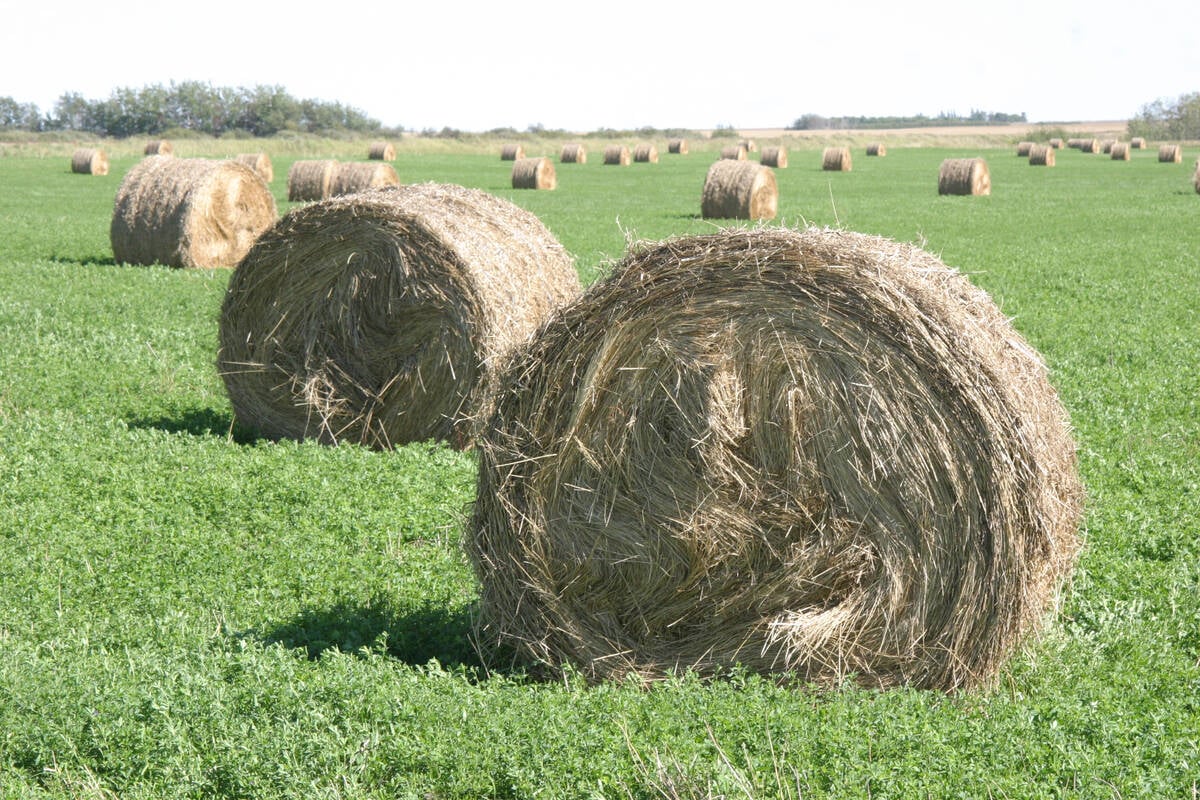Food safety alarms in Pacific Rim nations have had little effect on Canada’s beef export program.
Overall exports of beef, veal and offal products continue to climb in most targeted markets.
In late September there was a hiccup when South Korean officials detected traces of E. coli bacteria in a container of American beef. Since then, Korean imports of beef have dropped by 50 percent.
But Ted Haney, director of the Canada Beef Export Federation, said he thinks Koreans realize the problem is not just an imported food issue.
Read Also

Breaking down successful winter feeding into six steps
It’s that time of year when it is important to start planning for a cow herd’s winter feeding program. Here are six steps I think are necessary to consider when getting your feed tested.
“Korean consumers have reacted with a degree of sophistication by understanding that this is a broader health issue than imported beef,” he said.
He noted that other foods, such as fruit, are also being tested and consumers are also questioning their domestic meat supply. Sale of domestic product was down at least 20 percent, he said.
The fact the problem with imported meat was caught before it went into the retail chain was good, he said.
“Many hundreds of containers are entering Korea and to have one show E. coli. 0157, while unfortunate, is over the long term to be expected,” said Haney. “To have it detected prior to exposure to consumers shows that the Korean inspection systems are working.”
Another market where uncertainty has arisen over some food products is Taiwan where hoof-and-mouth disease was discovered in domestic hogs. This forced consumers to look elsewhere for meat products like beef.
Widespread promotions, including one by the Beef Export Federation sales office in Taiwan last year, have helped raise Canadian beef exports to Taiwan by 66 percent.
Haney said this can be partly attributed to substitution of beef for pork.
Although still a small export market, Taiwan is the most improved this year, taking 889 tonnes of beef as of Sept. 5, compared to 536 tonnes in the same period last year. No offals or veal go to Taiwan.
The Taiwanese are buying Triple A steak cuts, boneless shank and shins as well as another product called rib fingers. These are the strips of meat found between the rib bones.
Most beef shipped to Taiwan is frozen with a small amount of chilled product being distributed one container at a time.
Number one customer
But Canada’s best beef customer remains the United States.
As of June 30, 1997, 142,995 tonnes went stateside, an improvement of 26 percent over last year at the same time.
Agriculture Canada’s preliminary figures as of Sept. 5 said 158,683 tonnes of beef were shipped. Beef offal products as of Sept. 5 were at 3,376 tonnes, up 18 percent over last year and veal was 3,905, down from 4,556 in 1996.
Japan remains the second best customer taking 9,347 tonnes of beef and 2,484 tonnes of offal.
South Korea is a growing market, buying mostly beef cuts. By Sept. 5, 4,108 tonnes were sent compared to 2,856 tonnes in the third quarter of 1996.
Mexico is a huge offals market. While the Mexicans bought 1,491 tonnes of beef, they took more than 1,840 tonnes of offal compared to 391 tonnes last year. This is a relatively new market that has only received attention from Canada in the last couple of years.
Canada is a net exporter shipping 207,434 tonnes of beef, veal and offals as of September. Last year at the same time shipments reached 194,004 tonnes. Beef imports are 150,050 tonnes so far compared to 140,350 tonnes last year.















